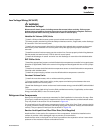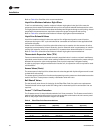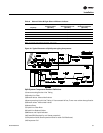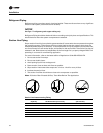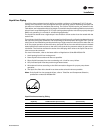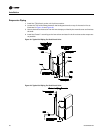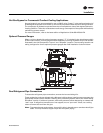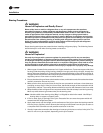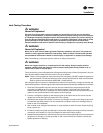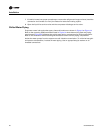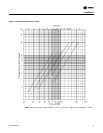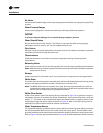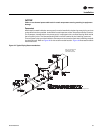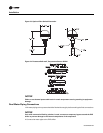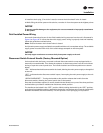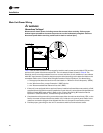
SS-SVX09A-EN 39
Installation
Leak Testing Procedure
ƽ WARNING
Hazard of Explosion!
Use only dry nitrogen with a pressure regulator for pressurizing unit. Do not use acetylene,
oxygen or compressed air or mixtures containing them for pressure testing. Do not use mixtures
of a hydrogen containing refrigerant and air above atmospheric pressure for pressure testing as
they may become flammable and could result in an explosion. Refrigerant, when used as a trace
gas should only be mixed with dry nitrogen for pressurizing units. Failure to follow these
recommendations could result in death or serious injury or equipment or property-only damage.
ƽ WARNING
Hazard of Explosion!
Never use an open flame to detect gas leaks. Explosive conditions may occur. Use a leak test
solution or other approved methods for leak testing. Failure to follow recommended safe leak
test procedures could result in death or serious injury or equipment or property-only-damage.
When Leak-testing a refrigerant system, observe all safety precautions.
ƽ WARNING
Never use oxygen, acetylene or compressed air for leak testing. Always install a pressure
regulator, shutoff valves and gauges to control pressure during leak testing. Failure to do so
could result in death or serious injury.
Trane condensing units are shipped with a Nitrogen holding charge. If there is no pressure, the unit
must be leak tested to determine the location of leak as follows:
Note: These service procedures require working with refrigerant, Do NOT release refrigerant to
the atmosphere! The service technician must comply with all federal, state, and local laws.
Refer to general service bulletin MSCU-SB-1 (latest edition).
Use refrigerant gas as a tracer for leak detection and use oil-pumped dry nitrogen to develop the
required test pressure. Test the high and low side of the system at pressures dictated by local codes.
1. Close the field supplied liquid line service valve(s) installed near the evaporator and the
compressor discharge service valve to isolate the system's high side from the low side.
Pressure test the liquid line, discharge line, and condenser coils at pressures dictated by local
codes. Do not exceed 10# above the pressure control settings.
2. Connect a refrigerant cylinder to the charging port of the liquid line service valve. Use the
refrigerant to raise the high side pressure to 12 to 15 psig.
3. Disconnect the refrigerant cylinder. Connect a dry nitrogen cylinder to the charging port and
increase the high side pressure. Do not exceed the condenser maximum working pressure
listed on the unit nameplate.
4. Use a halide torch, halogen leak detector or soap bubbles to check for leaks. Check all piping
joints, valves, etc...
5. If a leak is located, use proper procedures to remove the refrigerant/nitrogen mixture, break the
connection and remake as a new joint. Retest for leaks after making repairs.
6. Repeat the test procedure for the low side of the system, charging through the suction pressure
gauge port or through an access provided on the suction line by the installer. Increase the
system pressure to 100 psig.



